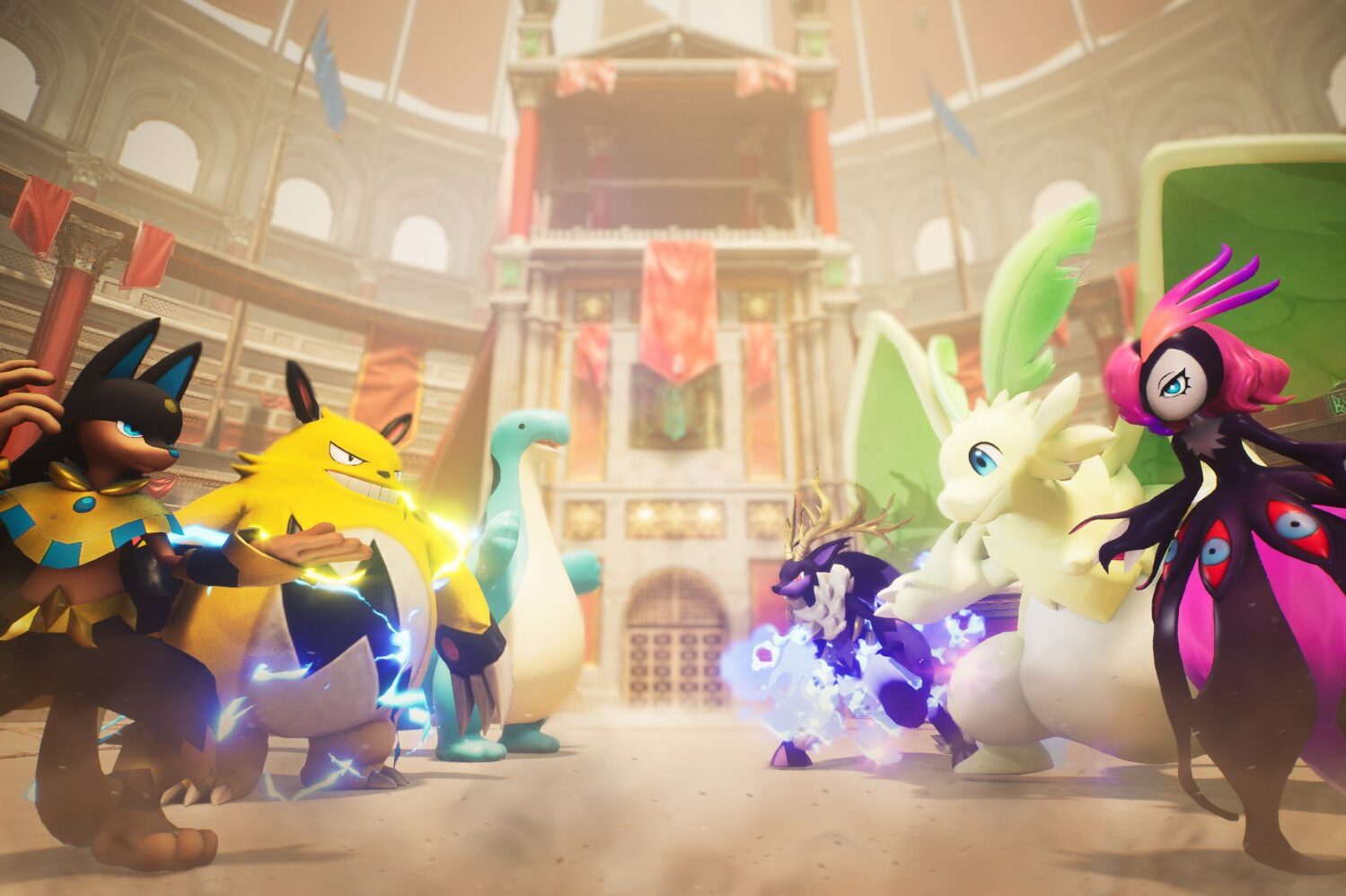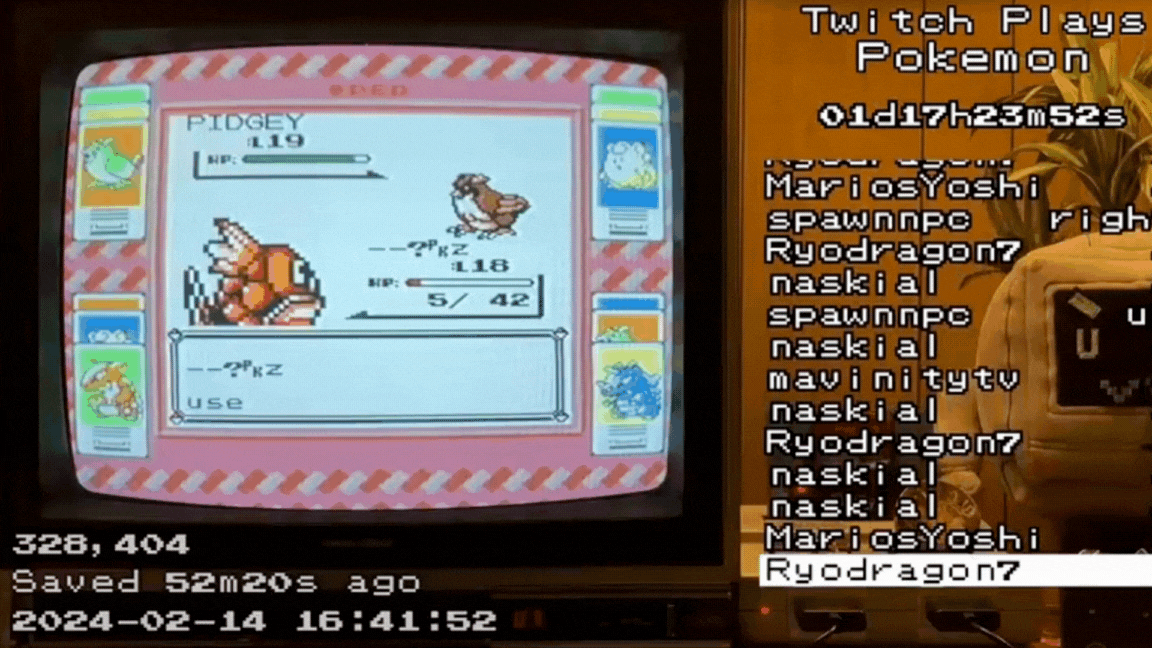Pokémon Go has been keeping some big secrets from you.
That should come as no surprise for a game with no tutorial. Thus far player communities have done a marvelous job of sussing out PoGo’s often confusing mechanics. But three of the most important stats are hidden from the player, and they’re the best way of determining a monster’s battle viability.
A group of game testers called The Silph Road discovered that no matter how much a monster is powered up, every species has certain immutable attributes: base attack, base defense, and base energy. These are consistent across species, e.g. a Gengar will always hit harder than Pidgeotto of equal level. Attack and defense are essentially intuitive, but energy is slightly more vexing—it’s a measure of how quickly your monster’s meter will fill so it can perform special attacks. There’s absolutely no way for a beginning player to know any of this, which is why members of The Silph Road had to test out their theories with a group of several hundred volunteers who organize largely on a subreddit of the same name.
The group’s findings are presented on its website and there are some startling discoveries. Mainly that some monsters just suck. Ditto would be a rare find (if he were as yet available), but he’s not likely to win any future gym battles. His base stats aren’t viable, and therefore he’s not worth wasting stardust on to max out his CP.
Many of the strongest overall monsters in the game—Mewtwo, Articuno, Snorlax, Exeggutor, and Lapras—are exceptionally rare, as-yet unavailable, or require massive in-game resources to evolve. But the Silph research proves something many players long suspected: Vaporeon is one of the strongest, most cost-effective monsters in the game. Requiring a measly 25 candies, Vaporeon clocks in at #13 in overall stats, well ahead of Eevee’s other two evolutions. (Players have already determined a fool-proof way to acquire Vaporeon, which you can read here.)
So you know what monsters not to waste your time on, but beefy ‘mons won’t be enough to win every gym battle. For that, there’s one more stats that are totally inaccessible to the player: attack duration.
Unlike the turn-based matches of old, PoGo battles play out like a lopsided rock-paper-scissors game in real time. Quick attack, special attack, and dodge are the three options afforded the player. Dodge, the Silph team theorized, takes 500 milliseconds, while all quick attacks are only effective for 200 milliseconds. With the reflexes of a robot hopped up on Adderall, every quick attack can hypothetically be avoided. The difficulty comes with special attacks, which vary wildly in how long they can deal damage. Some require more than one dodge. Some can’t be dodged at all. And for the attacker, some are so objectively awful (“wrap” for example) that they’re never really worth using.
The Silph team is still currently researching the finer details of specific moves, but we’ll update when or if we’re able to claim one pokémon as being objectively the best. (The smart money is on MewTwo, unless the Hamburglar becomes a catchable monster.)
Correction, July 19 10:40pm: An earlier version of this post referred to the ghost-type pokémon Gengar and “Genger.” Obviously there’s no pokémon by that name and Gizmodo regrets the error.
Correction, July 20 9:07am: Notes from the Silph team suggest “stamina” is more accurately referred to as “energy,” and references to it have been replaced as such.














